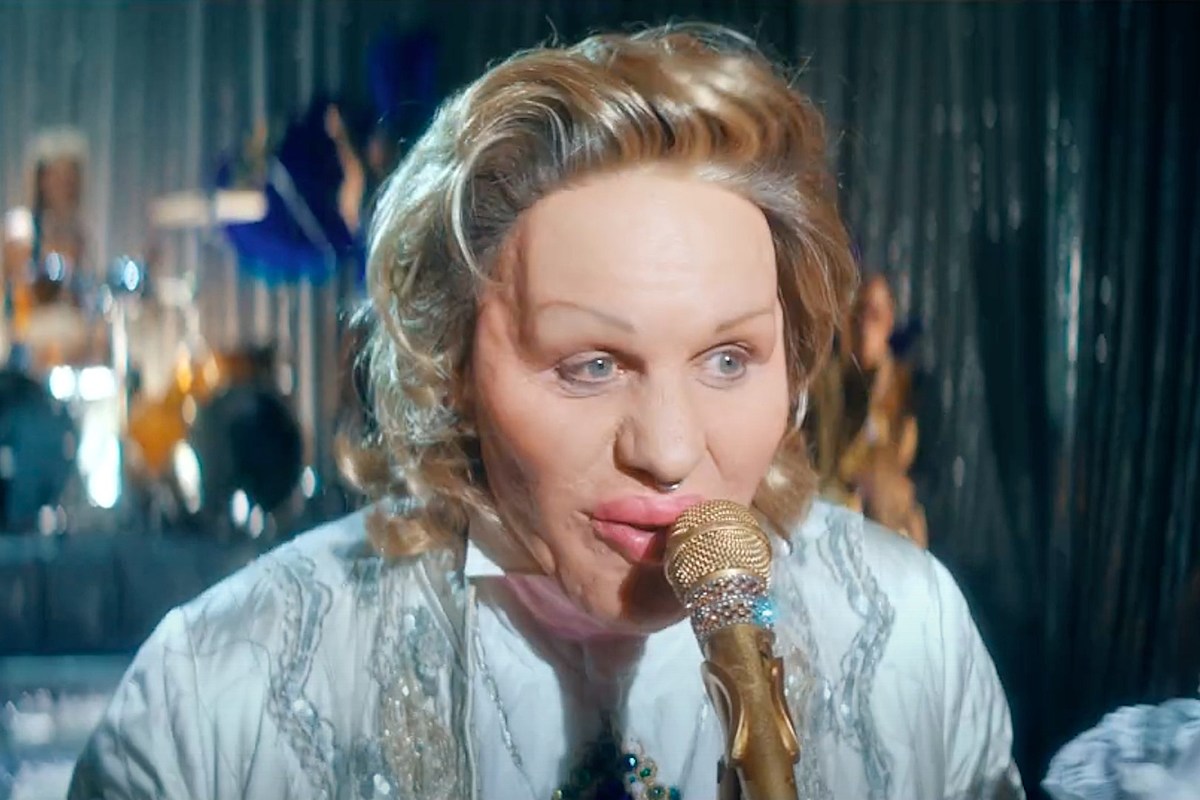
Express News Service
CHENNAI: In my native place, when people go to Varanasi, they take a tumbler of water from the Tungabhadra and pour it in the Ganga, and bring back a tumbler to pour in the former…Translation is like that. English is the River Nile and so, what I can do is take some water from it and give back in my own language,” shared Vasudhendra, author and publisher, Chanda Pustaka. He was one of the four panellists from the South Indian publishing industry in the recently conducted talk ‘Translation and the Politics of Languages in India’. The talk discussed the challenges of translators in India as explored by ‘India Literature and Publishing Sector Study’, commissioned by British Council and conducted by The Art X Company.
While Vasudhendra’s analogy poetically describes the art of translation in its simplest form, the reality of the same is far more complex. As the study finds, lack of international awareness of what the Indian literary market offers and the inability of Indian publishers to access these spaces and opportunities for international translation are two primary challenges the industry faces, revealed moderator Neeta Gupta, publishing director, Tethys Books.
Fighting for awareness
Vasudhendra finds that the recognition of books like Tomb of Sand by Geetanjali Shree — the first Hindi language book to have been shortlisted for the International Booker Prize — may be the push needed to popularise local languages. But Kannada translation to English seems to prove still difficult despite the success of books like Ghachar Ghochar by Vivek Shanbhag. “My observation is that English translations often happen in states where people have strong connections to the UK or the US, or where there is a sizable Christian population. Unfortunately, Karnataka has an insignificant population of the same,” he explained.
Gita Ramaswamy of Hyderabad Book Trust worries that the Telugu market is shrinking; people can understand and speak the language, but not read it. She elaborated, “Once a script dies, I don’t know how long the language remains. I often see that English language publishers get a lot of help in terms of grants, subsidies, travel etc, whereas unless you are well-connected here, you don’t get any such offers. If we want to keep languages alive, we need (national and international) institutions that support ventures in local languages, especially those which deal with authors and translations from the marginalised sections.” Historian and translator J Devika added that a troubling trend of not giving due credit to translators on covers has been on the rise.
A change in the tides
Despite finding a thriving market, Devika notices that the same in Malayalam translation has also brought certain limitations. She noted a shift in the demand towards young and articulate authors and a heavy preference towards realism. This, coupled with a shift in literary style is cause for concern, it would seem. “In literature, right now it is about rediscovering local idioms, dialects and I find it alarming that all this is being rendered into flat, standardised English. These local idioms are included in the text as a political act.
So the question is whether you can carry the politics of what is happening in Kerala into English,” she added. Politics does not only find a roadblock in literature, but also in non-fiction. Tamil Nadu-based publishing professional Kannan Sundaram found that while, over the years, a few Tamil (Indian languages in general) novels have found an international audience there is still an uphill battle for non-fiction works.



